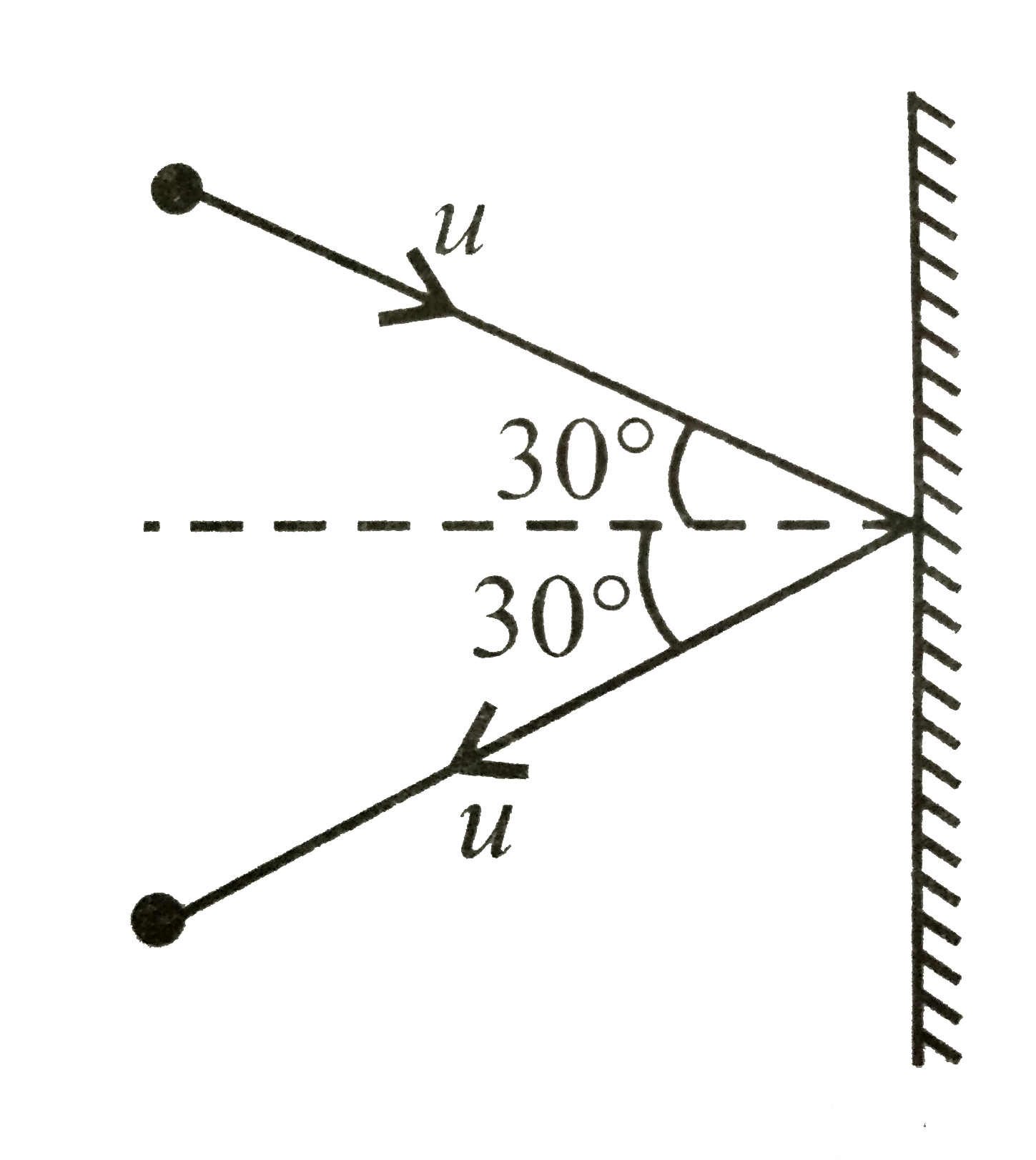A base ball player has a nightmare. He is accidentally locked in a railroad boxcar. Fortunately, he has his ball and bat along. To start the car moving, he stands at one end bats the ball towards the other end. The impulse exerted by the ball as it hits the end wall, gives the car a forward motion. Sice the ball always rebounds and rolls along the floor back to him, the player repeats this process over and over. Eventually the car attains a very high speed, and the player is killed as the boxcar collides with another car sitting at rest on the track. Analyze this dream and the physics concepts involved in it.
Step by step video & image solution for A base ball player has a nightmare. He is accidentally locked in a railroad boxcar. Fortunately, he has his ball and bat along. To start the car moving, he stands at one end bats the ball towards the other end. The impulse exerted by the ball as it hits the end wall, gives the car a forward motion. Sice the ball always rebounds and rolls along the floor back to him, the player repeats this process over and over. Eventually the car attains a very high speed, and the player is killed as the boxcar collides with another car sitting at rest on the track. Analyze this dream and the physics concepts involved in it. by Physics experts to help you in doubts & scoring excellent marks in Class 11 exams.
Topper's Solved these Questions
- BOOK - PHYSICS GALAXY - ASHISH ARORACHAPTER - LINEAR MOMENTUM & ITS CONSERVATIONEXERCISE - Conceptual MCQ s single option correct30videos
LINEAR MOMENTUM & ITS CONSERVATION
- BOOK - PHYSICS GALAXY - ASHISH ARORACHAPTER - LINEAR MOMENTUM & ITS CONSERVATIONEXERCISE - Numerical MCQ s75videos
LINEAR MOMENTUM & ITS CONSERVATION
- BOOK - PHYSICS GALAXY - ASHISH ARORACHAPTER - LINEAR MOMENTUM & ITS CONSERVATIONEXERCISE - Practive Exercise28videos
LINEAR MOMENTUM & ITS CONSERVATION
- BOOK - PHYSICS GALAXY - ASHISH ARORACHAPTER - KINEMATICSEXERCISE - Unsolved Numerical Pro.83videos
KINEMATICS
- BOOK - PHYSICS GALAXY - ASHISH ARORACHAPTER - NEWTONS LAWS OF MOTIONEXERCISE - Unsolved Numerical Problem81videos
NEWTONS LAWS OF MOTION
Similar Questions
Knowledge Check
- Question 1 - Select One
Select the correct passive form of the given sentence. He threw the ball towards his little brother. (a) The ball was thrown towards his little brother (b) The ball is thrown towards his little brother (c) His little brother's ball was thrown at him. (d) The ball is being thrown towards his little brother.
AThe ball was thrown towards his little brotherBThe ball is thrown towards his little brotherCHis little brother's ball was thrown at him.DThe ball is being thrown towards his little brother. - Question 2 - Select One
A ball of mass m strikes a rigid walJ with speed u and rebounds with the same speed. The impulse imparted to the ball by the wall is
A2muBmuCzeroD−2mu - Question 3 - Select One
A ball of mass m strikes a rigid walJ with speed u and rebounds with the same speed. The impulse imparted to the ball by the wall is
 Amu sin30∘tB2mu sin30∘tCmu cos30∘tD2mu cos30∘t
Amu sin30∘tB2mu sin30∘tCmu cos30∘tD2mu cos30∘t
Fig. shows an estimated force-time graph for a base ball struck by a bat. From this curve, determine
(i) impulse delivered to the ball
(ii) force exerted on the ball
(iii) the maximum force on the ball.View SolutionA ball of mass 'm' strikes a rigid wall with speed 'u' and rebounds with the same speed. The impulse imparted to the ball by the wall is
View SolutionA boy hits a baseball with a bat and imparts and impulse J to the ball. And if the boy hits the ball again with the same force, except that the ball and the bat are in contact for twice the amount of time as in the first hit. The new impulse equals.
View SolutionA boy hits a baseball with a bat an imparts an impulse J to the ball. The boy hits the ball again with the same force, except that the ball and the bat are in contact for twice the amount of time as in the first hit.
View SolutionAssertion : A ball of mass 100g hits a bat with a speed of 72km/hr and bounces back with the same speed in one second The force exerted by the bat on the ball is 4N
Reason : It follows from F=ma .View Solution

